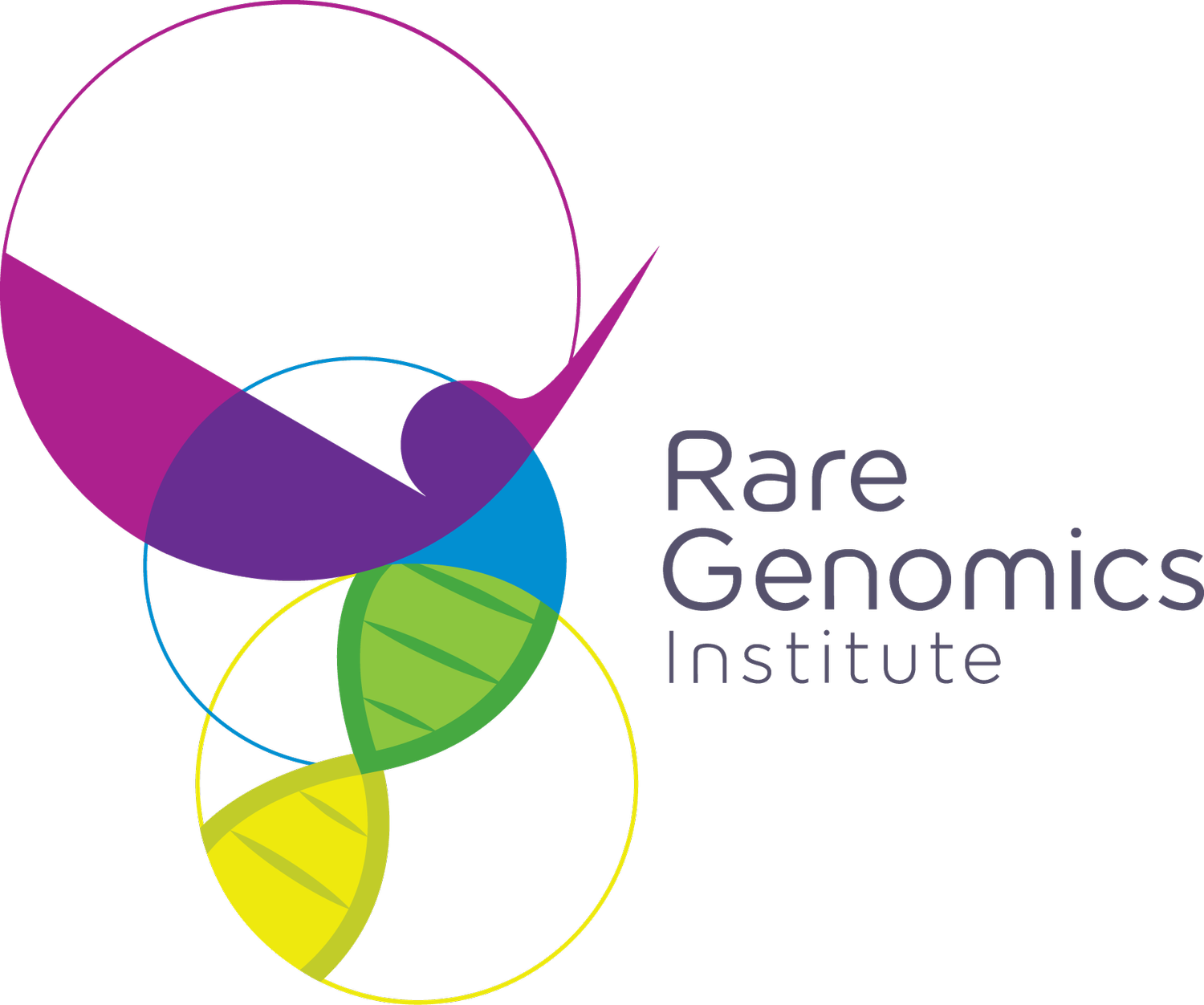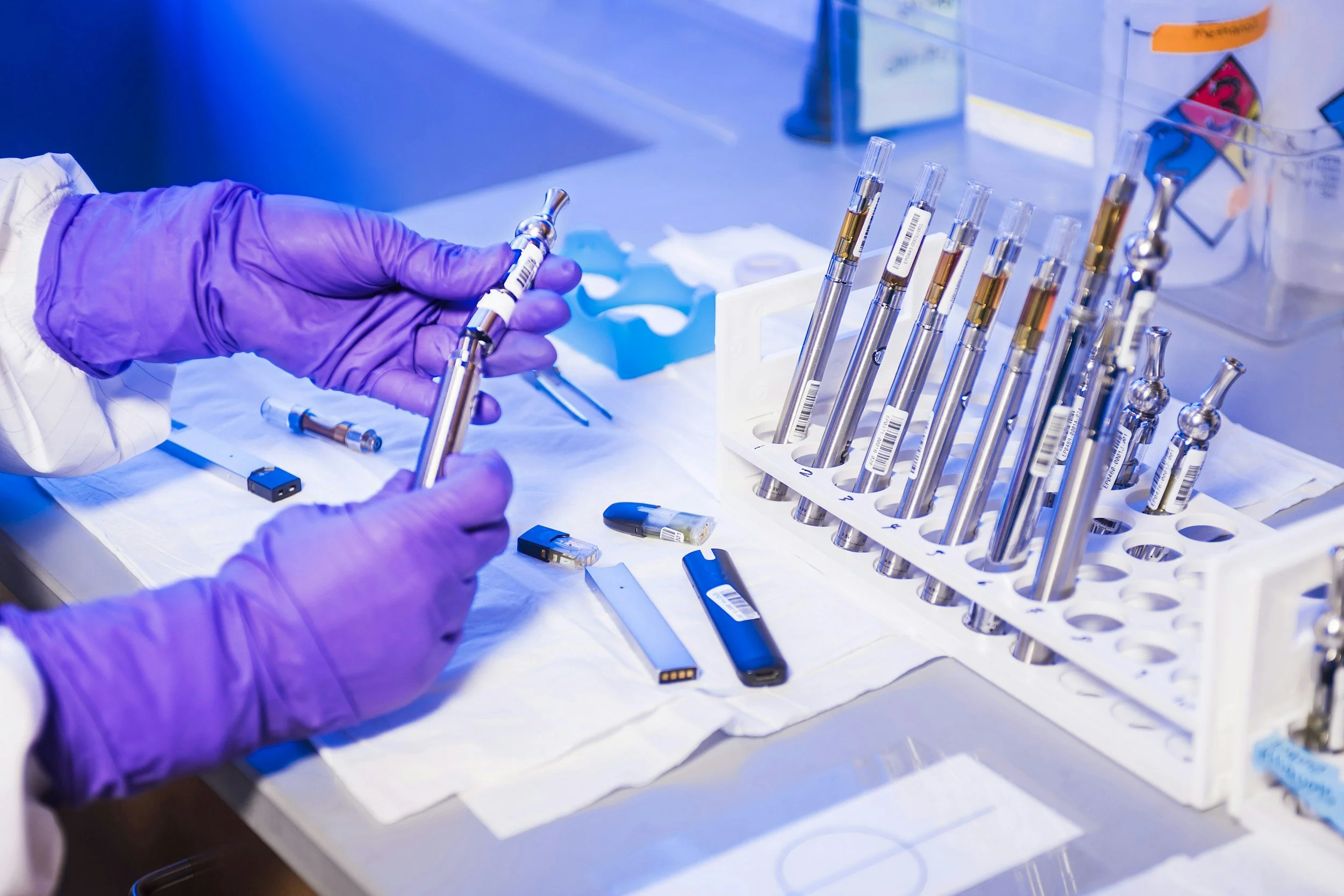The Future of Rare Disease Research
Rare diseases may affect only a handful of people, but together they impact more than 400 million people worldwide—that’s roughly 1 in 17 people. Historically, they’ve been neglected because of small patient populations and fragmented research efforts. But today, thanks to new technologies and global collaboration, the future of diagnosis and treatment has never looked brighter.
From Diagnosis to Discovery: Genomics & Artificial Intelligence
One of the biggest barriers in rare diseases has been diagnosis. Traditional testing often left families in a “diagnostic odyssey” lasting years. Now, with whole-genome sequencing (WGS), we can decode all 20,000+ genes in a patient’s DNA at a fraction of the cost and time it took just a decade ago. Programs like the 100,000 Genomes Project in the UK have paved the way for national-level genome sequencing initiatives.
Meanwhile, artificial intelligence (AI) is transforming how we analyze that data. Tools like DeepVariant (by Google) and Emedgene use machine learning to identify suspicious mutations faster and more accurately. AI also helps predict which mutations are likely to be harmful—essential in finding therapies for “ultra-rare” diseases with only a few patients worldwide.
Learn more about artificial intelligence in healthcare by visiting our blog: AI in Healthcare: Revolutionizing Genomic Sequencing and Rare Disease Treatment
What’s Next? Researchers are building global data-sharing platforms (like the Global Alliance for Genomics and Health) so that even the rarest of rare mutations can be matched to others—speeding up diagnosis and giving families answers sooner.
Precision Medicine Takes Flight
Once a rare disease is diagnosed, the next hurdle is finding an effective treatment. Enter precision medicine: therapies tailored to a patient’s unique genetic makeup. This approach has led to groundbreaking gene therapies like:
Zolgensma for spinal muscular atrophy—a one-time infusion that can stop the disease in its tracks.
Elevidys for Duchenne muscular dystrophy.
Orphan Drug Acts in the US and similar incentives in Europe and Japan have been key drivers. A recent study found that gene therapies for rare diseases are twice as likely to receive FDA approval compared to therapies for common diseases.
What’s Next? Researchers are working on mutation-agnostic therapies—drugs that can treat all patients with a particular disease regardless of the exact mutation, making treatment more inclusive and equitable.
The Gene-Editing Revolution: CRISPR & Beyond
If gene therapy is about replacing faulty genes, gene editing is about fixing them at the source. CRISPR, discovered in 2012, has revolutionized the field. Now, we’re seeing:
Casgevy: the first CRISPR-based therapy approved in 2023 for sickle cell disease and beta thalassemia.
Base Editing: a gentler, more precise way to fix single-letter typos in DNA, especially helpful for diseases caused by point mutations.
Prime Editing: like a “find-and-replace” tool for DNA, potentially expanding the reach of gene editing to even more diseases.
Perhaps the most inspiring milestone? A custom CRISPR treatment for KJ Muldoon, a baby born with CPS1 deficiency—a therapy designed and deployed in just six months that’s shown promising results.
Watch KJ’s Story here
A Breakthrough in Medicine: Personalized Gene Editing to Save KJ
What’s Next? Researchers are developing safer delivery systems—like non-viral nanoparticles—to reach organs like the brain and lungs, opening doors for diseases like Angelman syndrome and cystic fibrosis.
Inclusive Innovation & Equity
A big challenge in rare disease research is ensuring no one gets left behind. Many patients have unique or “private” mutations—genetic changes that may affect only a single individual or family—making it difficult to attract research funding or pharmaceutical investment. Traditional drug development models often prioritize conditions that affect larger populations, leaving those with ultra-rare or undiagnosed diseases without access to adequate support, resources, or hope for treatment.
These unique and often overlooked circumstances underscore the vital importance of the Rare Genomics Institute’s mission. By empowering patients, families, and researchers with access to cutting-edge genomic sequencing, scientific expertise, and personalized guidance, Rare Genomics steps into the critical gap left by conventional systems. The organization ensures that even the rarest cases receive attention, catalyzing new avenues for diagnosis, treatment, and advocacy.
Rare Genomics doesn't just connect families with resources—it helps build bridges between isolated cases and the broader scientific and medical communities. Through collaborations with leading research institutions, biotech innovators, and dedicated rare disease foundations, Rare Genomics plays a crucial role in accelerating precision medicine for all patients, regardless of how rare their condition may be.
Meanwhile, innovative clinical trial designs are helping small populations. N-of-1 trials—where one patient acts as their own control—are gaining traction, as are basket trials that test one drug in multiple diseases with the same mutation.
What’s Next? New funding models and legislation, like expanded orphan drug incentives, can encourage pharmaceutical companies to develop therapies for ultra-rare diseases.
Smarter Clinical Trials with RWE
Traditional clinical trials can be too slow and expensive for diseases that affect just a handful of patients. Now, real-world data (RWD)—from electronic health records, registries, and wearable devices—is reshaping how trials are run. Regulators like the FDA are increasingly accepting real-world evidence (RWE) to support approvals (source).
Researchers are also using adaptive trial designs, where studies can be adjusted on the fly based on early results. This means faster answers and more efficient use of precious patient volunteers.
What’s Next? Linking RWD to genomic data will help identify patients faster, understand disease progression, and ultimately, get treatments approved sooner.
Regulatory & Policy Momentum
Governments worldwide are realizing that rare diseases deserve special attention. In the US, Health Secretary Kennedy recently proposed (June 2025) fast-tracking rare disease drug approvals (Reuters). The UK is investing in newborn genome sequencing to catch diseases earlier.
What’s Next? International collaborations, like the IRDiRC (International Rare Diseases Research Consortium), aim to coordinate research and break down barriers across borders (IRDiRC).
The Path Ahead
We stand at a rare intersection: extraordinary science, increased data, patient-led innovation, and aggressive regulatory support. Still ahead are critical challenges—like ensuring equitable access, overcoming the costs of life-saving therapies, and maintaining safety as we push genetic boundaries.
But there’s reason to believe: for decades, rare disease research paved the way for modern gene editing, precision medicine, and even cancer treatments. As these tools mature, the future is one where many—and not just a few—rare disease patients can expect real cures.

